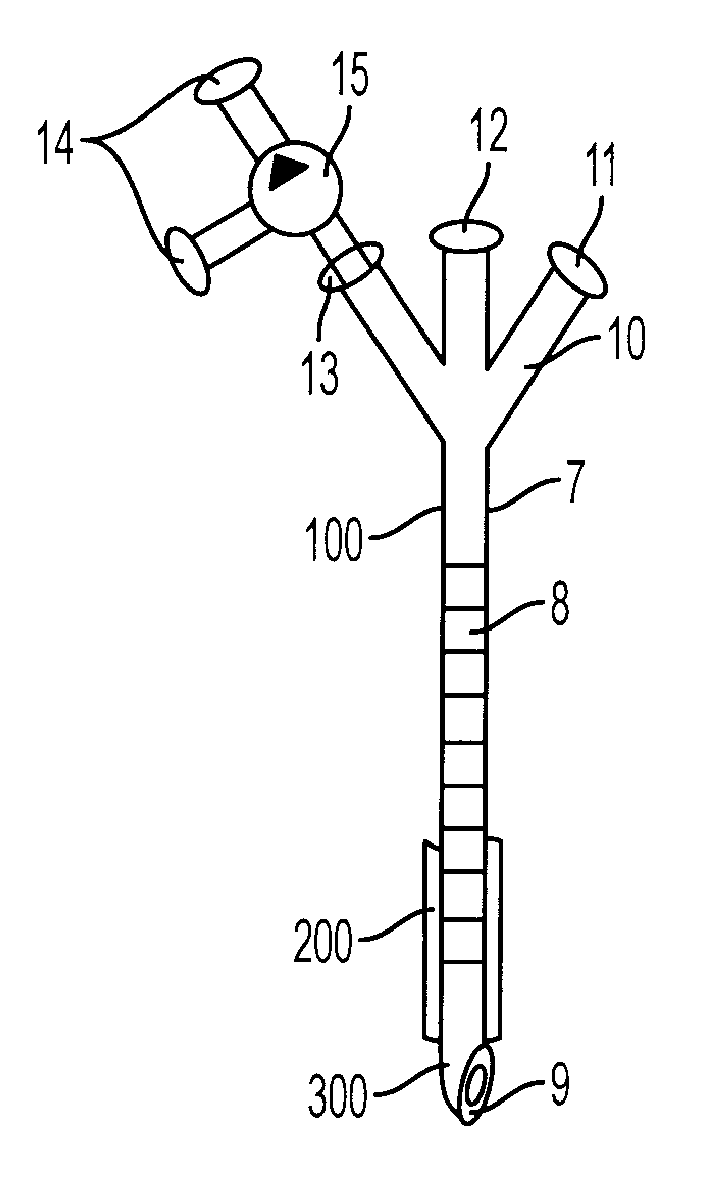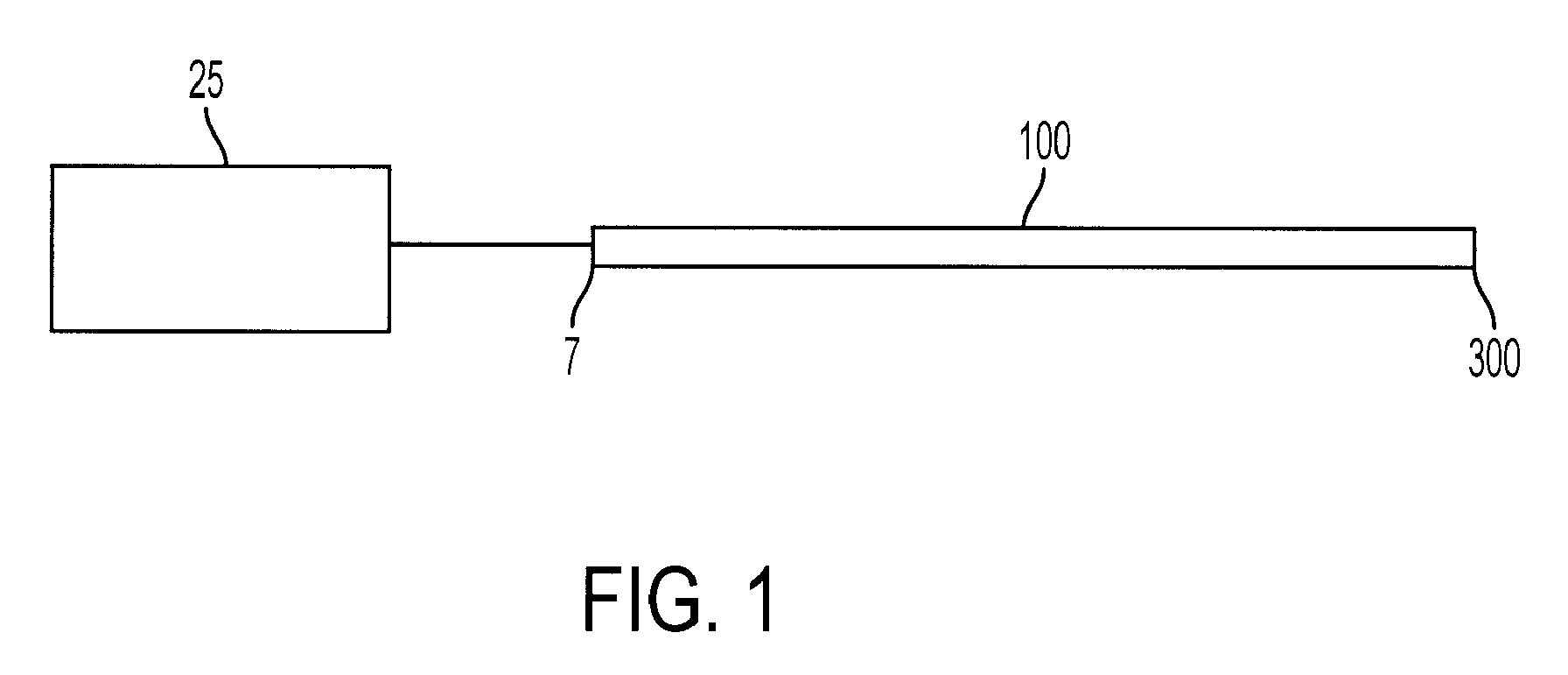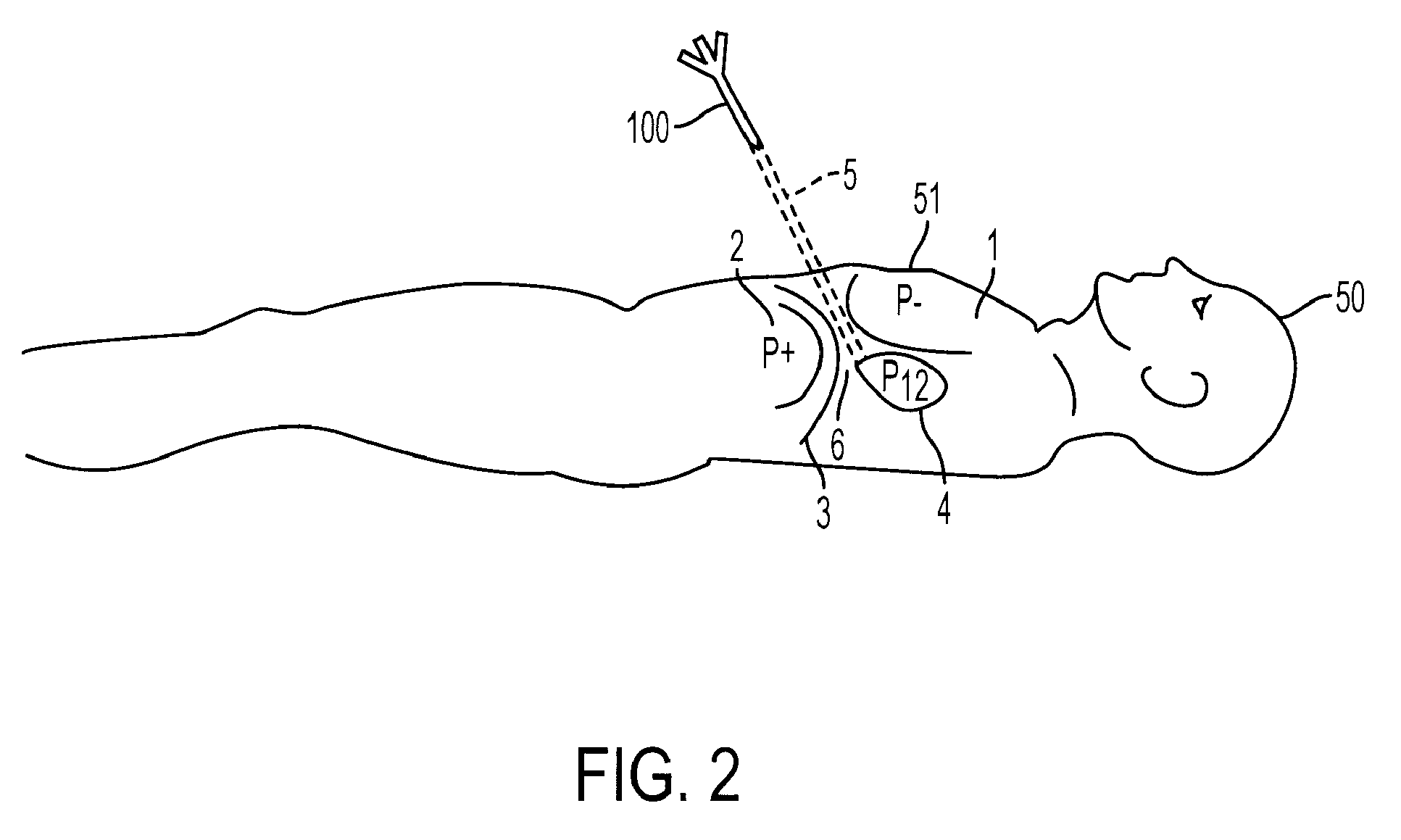Access needle pressure sensor device and method of use
a pressure sensor and needle technology, applied in the field of access needle pressure sensor device and method of use, can solve the problems of not having a single tool designed specifically for accessing the epicardium, limiting its use to expert centers, and not having a clinician who can provide an appropriate assessment of the pressure local to the needle tip, etc., to reduce the risk of stroke, improve the success rate of therapy, and reduce the complication rate
- Summary
- Abstract
- Description
- Claims
- Application Information
AI Technical Summary
Benefits of technology
Problems solved by technology
Method used
Image
Examples
examples and experimental
RESULTS
[0062]Practice of the invention will be still more fully understood from the following examples and experimental results, which are presented herein for illustration only and should not be construed as limiting the invention in any way.
Example / Experimental Result No. 1
[0063]A prototype termed “EpiNeedle” and the pressure measurement system was used in preliminary human trials (three patients) during the course of epicardial procedures.
[0064]The EpiNeedle, shown in FIG. 6, is a prototype of a novel telescoping-tube, concentric needle system 31 for use in sub-xyphoid entry into the thorax. The prototype consists of two concentric tubes, an inner tube, such as the puncture needle 105, and an outer tube, such as the access needle 100.
[0065]By using a two-tube system, one can make the sharp-tipped inner tube retractable within the outer tube and thus extend it to pierce muscle or membrane only when needed and intended. At all other times, the sharp tip is inside of the blunt-ended...
example / experimental
Example / Experimental Result No. 3
[0099]FIG. 24 is a schematic illustration of pressure readings from inside the thorax and pericardium. The lower row of points in the figure shows that in a total of 17 patients, the sensor system resolved that there was a low-frequency component to the pericardial pressure wave that was associated with the (intubated) breathing rate of 0.2 Hz (five breaths per minute). Meanwhile, the upper series of data points in the figure show that the sensor system resolved that there was a higher-frequency component to the pericardial pressure wave that was associated with the rate of heartbeat of the patients, typically 1.0 to 1.2 Hz (roughly 60 beats per minute).
PUM
 Login to View More
Login to View More Abstract
Description
Claims
Application Information
 Login to View More
Login to View More - R&D
- Intellectual Property
- Life Sciences
- Materials
- Tech Scout
- Unparalleled Data Quality
- Higher Quality Content
- 60% Fewer Hallucinations
Browse by: Latest US Patents, China's latest patents, Technical Efficacy Thesaurus, Application Domain, Technology Topic, Popular Technical Reports.
© 2025 PatSnap. All rights reserved.Legal|Privacy policy|Modern Slavery Act Transparency Statement|Sitemap|About US| Contact US: help@patsnap.com



